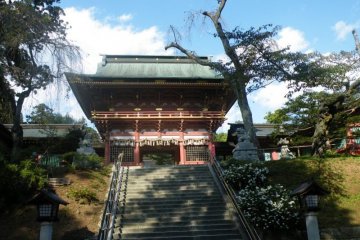
The Beauty of Shiogama Shrine
Radica SooknarineThe history of this shrine dates back some 1200 years. Nature, architecture, and wonder await your visit.
Shiogama Jinja is a Shinto shrine in the city of Shiogama, Miyagi Prefecture, in the Tōhoku region of northern Japan. Known from the ninth century, fifteen of its buildings have been designated Important Cultural Properties. It is the head shrine of several hundred Shiogama shrines located throughout Japan. [Wikipedia]

The history of this shrine dates back some 1200 years. Nature, architecture, and wonder await your visit.
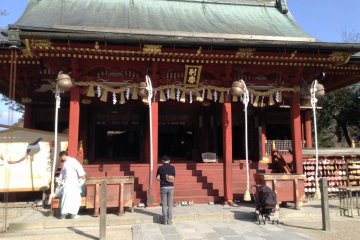
Shiogama shrine is located in Shiogama, a seaside town most famous for the shrine itself, its great view, and its proximity to Matsushima.
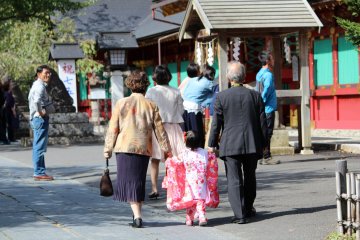
Shiogama Shrine in Miyagi Prefecture is a beautiful place to visit any day, especially on special days like the children's day holiday shichi-go-san when you can witness one of Japan's nicest traditions.

The Fire Prevention Festival in Shiogama is held every year on March 10th. It features a parade of people in traditional shrine wear and carrying a portable shrine around the city.

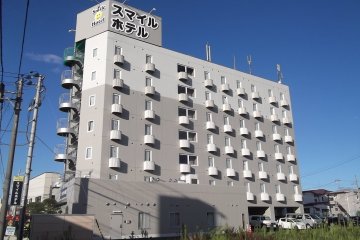
Not far from Sendai in northern Japan's Miyagi prefecture, Shiogama is an interesting little town, with easy access to Matsushima Bay, one of Japan's official top three sights. A good place to stay is Smile Hotel, an affordable business hotel.
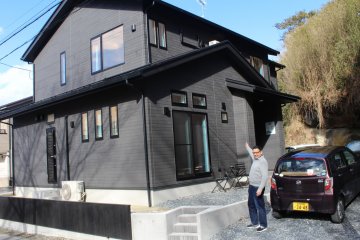
Uchi guesthouse is an amazing place to stay in Matsushima in Miyagi Prefecture. Not only are the prices significantly less than those of a business hotel. Eiju the owner is very fluent in English making it easy for anyone traveling in and around Matsushima.

Hotel Sohkan is a great hotel, especially for families, in Matsushima, Miyagi Prefecture. The four floor hotel comes with conference rooms, a restaurant, comic corner, game center, kids zone, esthetic center, and awesome indoor/outdoor hot springs. Western and Japanese rooms are both available.

Kameki Sushi is one of many local culinary establishments that has grown in parallel with the success of Shiogama's fishing industry.

Shiogama Wholesale Market is the very last of the great old-school fish markets in the Tohoku region. It miraculously escaped the destruction of the earthquake and tsunami of March 11, 2011.

Matsushima is famous for seafood but where can you find fresh seafood for affordable prices? Try the Matsushima Fish Market!

Sendai aquarium (仙台うみの杜水族館) features a wide variety of marine life, dolphin & sea lion shows.

The Entsuin Temple was built next to Matsushima's main temple, the Zuiganji Temple, in 1647 to house the mausoleum of Date Mitsumune, son of the ruling local feudal lord Date Terumune. The temple was built out of mourning and is Kannon, the Buddhist goddess." Dedicated to Mercy, since Mitsumune died a sudden, premature death at the age of 19. Far back on the temple grounds is the mausoleum, which houses a statue of the young lord on a white horse, surrounded by his most loyal followers, who committed ritual suicide after his death. The interior of the mausoleum is decorated with gold leaf and ornate paintings, which also contain Western symbols such as spades, hearts, diamonds, cross and the oldest Japanese rose image. These symbols were included in the design because the clan had an interest in Christianity and Western technology.

Seiryuzan Zuigan-ji is a Rinzai Zen Buddhist temple in located in the town of Matsushima, Miyagi Prefecture, Japan. Belonging to the Myōshin-ji-branch of Rinzai Zen, it was founded in 828 during the Heian period by Jikaku Daishi. [Wikipedia]